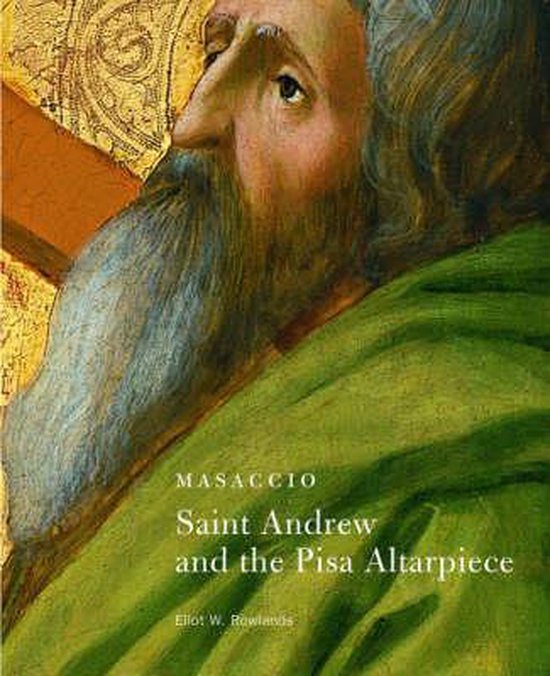
Masaccio - Saint Andrew and the Pisa Altarpiece
An exploration of the Pisa Altarpiece, Masaccio's multi-panelled painting of which the Saint Andrew panel is thought to have once formed a part. It discusses Masaccio's short life and illustrious career; the commission of the altarpiece; its patron and programme; its original location; and more.
Ranked by many scholars as the greatest master of early Italian Renaissance painting, Masaccio (1401-1428) was the first artist to use effects of light to create three-dimensional images on a two-dimensional plane. This achievement, revolutionary in Masaccio's day, is one of the painter's significant contributions to art history. This is an exploration of Masaccio's accomplishment as epitomized by the multi-panelled painting of which the Saint Andrew panel is thought to have once formed a part: the Pisa Altarpiece, one of the truly great polyptychs in the history of Italian Renaissance art, produced in 1426 for a chapel in the church of Santa Maria del Carmine, Pisa. The text discusses Masaccio's short life and illustrious career; the commission for the altarpiece; its patron and programme; the painting's original location; and the role that the church friars played in the actual commission. Finally, after examining the polyptych's individual panels, the text traces their subsequent history and recounts how art historians came to identify them.
Ranked by many scholars as the greatest master of early Italian Renaissance painting, Masaccio (1401-1428) was the first artist to use effects of light to create three-dimensional images on a two-dimensional plane. This achievement, revolutionary in Masaccio's day, is one of the painter's significant contributions to art history. This is an exploration of Masaccio's accomplishment as epitomized by the multi-panelled painting of which the Saint Andrew panel is thought to have once formed a part: the Pisa Altarpiece, one of the truly great polyptychs in the history of Italian Renaissance art, produced in 1426 for a chapel in the church of Santa Maria del Carmine, Pisa. The text discusses Masaccio's short life and illustrious career; the commission for the altarpiece; its patron and programme; the painting's original location; and the role that the church friars played in the actual commission. Finally, after examining the polyptych's individual panels, the text traces their subsequent history and recounts how art historians came to identify them.
| Auteur | | . Rowlands |
| Taal | | Engels |
| Type | | Paperback |
| Categorie | | Kunst & Fotografie |